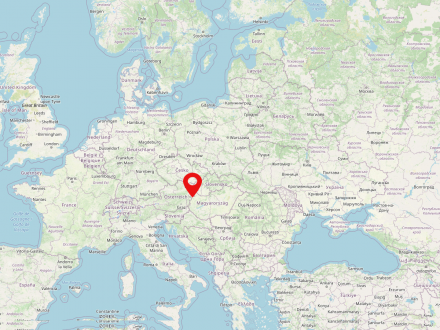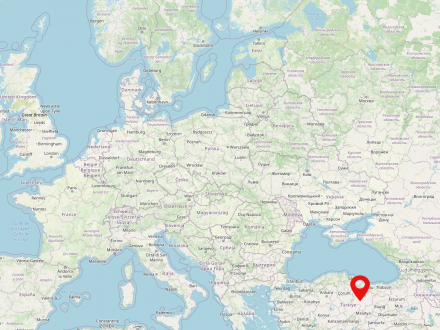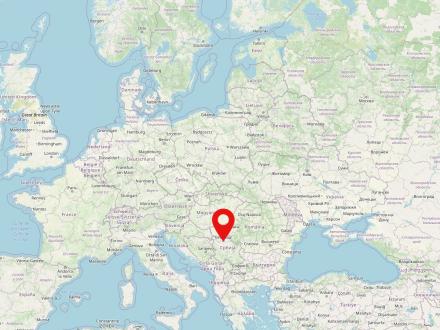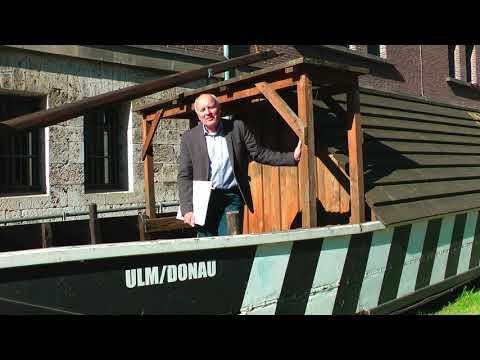Austria-Hungary (Hungarian: Osztrák-Magyar Monarchia), also known as Imperial and Royal Hungary Monarchy, was a historical state in Central and Southeastern Europe that existed from 1867 to 1918.
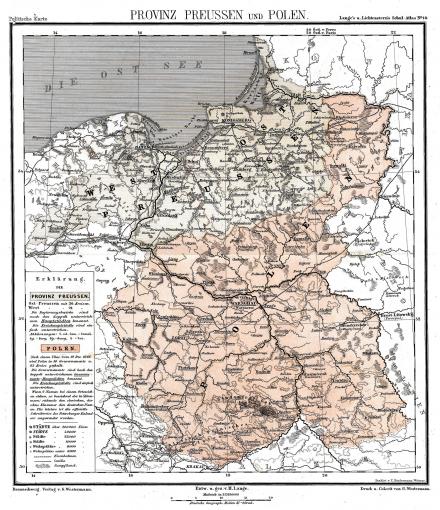
Congress Poland is the name given to the Kingdom of Poland, which was under Russian suzerainty from 1815 to 1916. After the three partitions and the final dissolution of the old noble Republic of Poland-Lithuania (1772, 1793, 1795), no Polish state had existed until the Napoleonic satellite state of the Duchy of Warsaw was established in 1807-1815. During the Congress of Vienna (1815) a Polish kingdom was reestablished. However, the Polish king was the Russian tsar and emperor in personal union.
Subsequently, there were several unsuccessful uprisings of the Polish population and elite against the Russian overlordship (e.g. November Uprising 1830/1831, January Uprising 1863/1864), which, however, only led to increasing repression, massive waves of emigration and flight (Great Emigration/Wielka Emigracja) and finally to the also administrative incorporation into the Russian state.
The picture shows a map from a school atlas published in Brunswick in 1871. Highlighted are the Prussian province of Prussia and (pale red) Congress Poland (CC 1.0).
The Russian Empire (also Russian Empire or Empire of Russia) was a state that existed from 1721 to 1917 in Eastern Europe, Central Asia and North America. The country was the largest contiguous empire in modern history in the mid-19th century. It was dissolved after the February Revolution in 1917. The state was regarded as autocratically ruled and was inhabited by about 181 million people.
The Ottoman Empire was the state of the Ottoman dynasty from about 1299 to 1922. The name derives from the founder of the dynasty, Osman I. The successor state of the Ottoman Empire is the Republic of Turkey.
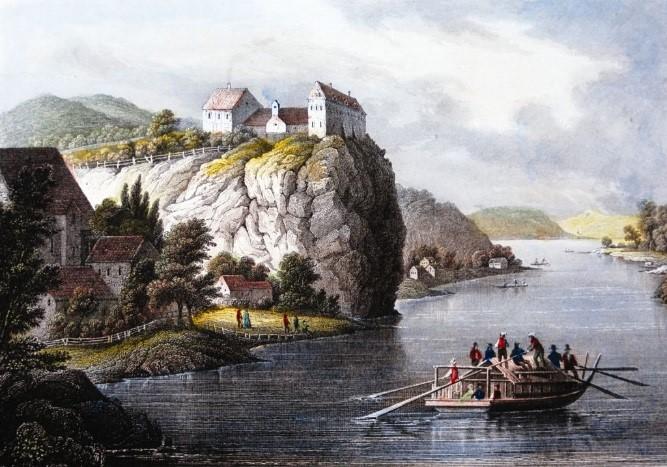
Belgrade is today the capital of Serbia and has over 1.3 million inhabitants. The city is located at the mouth of the Sava River, where it flows into the Danube on the border between the Pannonian Plain and the Balkan region. Therefore, Belgrade and its predecessor settlements have always played a strategically important role as a border fortress and an intersection of army and trade routes. Formerly called Greek Belgrade, the city was repeatedly fought over by the Bulgarian and Byzantine Empires and Hungary from the 9th to the 13th centuries. In 1284 Belgrade was ceded to the Serbian king Dragutin, but in 1427 it went back to Hungary. Under Hungarian rule, the city managed to defend itself for a long time against the Ottomans, who nevertheless captured it in 1521. At the end of the 17th and in the 18th century, it was fought over by Habsburgs and Ottomans. At the beginning of the 19th century, the Serbian population revolted against the Ottomans for the first time. In 1839 Belgrade became the capital of the Principality of Serbia, which had been autonomous since 1830 but was still under the suzerainty of the Sultan. After ethnic conflicts between Serbs and Turks, the Ottomans left the city in 1867; as a result, mosques and other Ottoman buildings were demolished. When Serbia gained independence at the Congress of Berlin in 1878, Belgrade became the capital of the state. It was also the capital of the Kingdom of Serbs, Croats and Slovenes proclaimed in 1918 (from 1929 the Kingdom of Yugoslavia). Urban planning was now oriented towards the West and Belgrade acquired the face of a European metropolis. In 1941 the Wehrmacht bombed and occupied the city. Many of the approximately 10,000 to 12,000 Jews living there were deported to camps and murdered. In 1944, the Yugoslav "People's Liberation Army" under Josip Broz Tito captured Belgrade, which subsequently became an internationally important cultural, economic and political center as the capital of the "Federal People's Republic of Yugoslavia" in 1945. In 1961, the Non-Aligned Movement was founded there. When Yugoslavia disintegrated as a result of the post-Yugoslav wars, Belgrade remained the capital of the rump state that consisted only of Serbia and Montenegro. During the Kosovo war of 1998-1999, the city was bombed by NATO.


